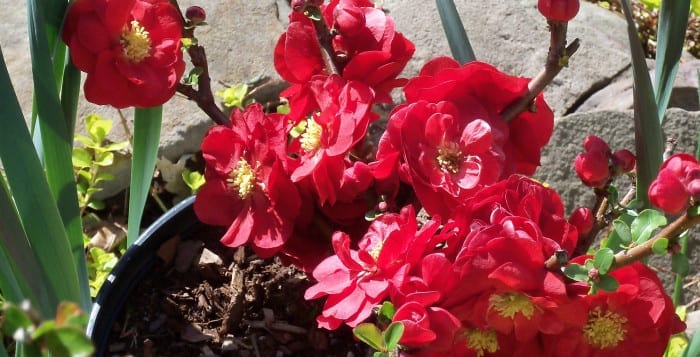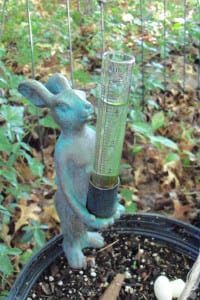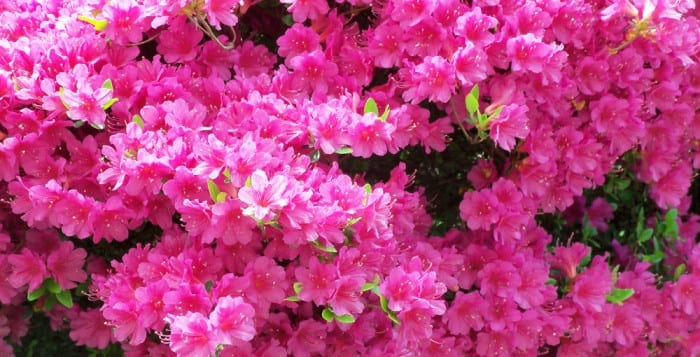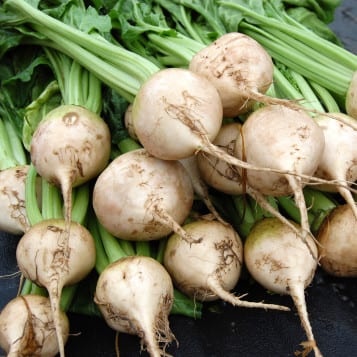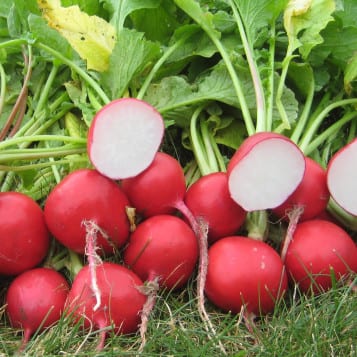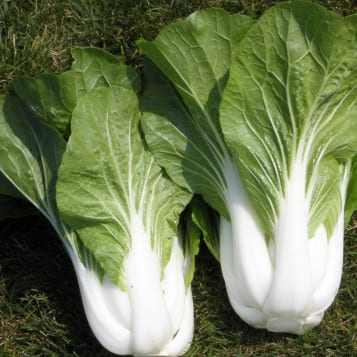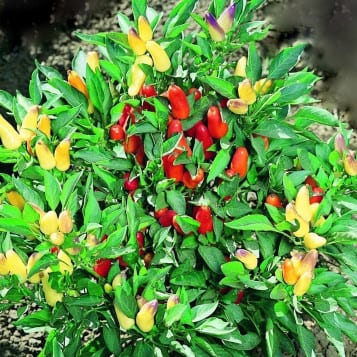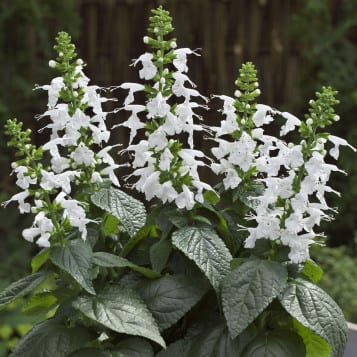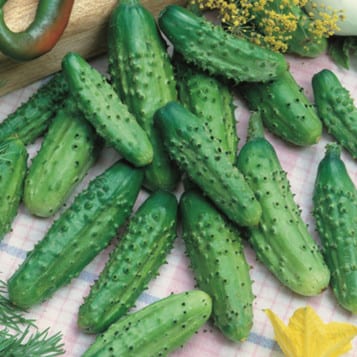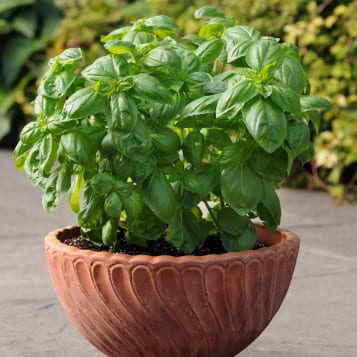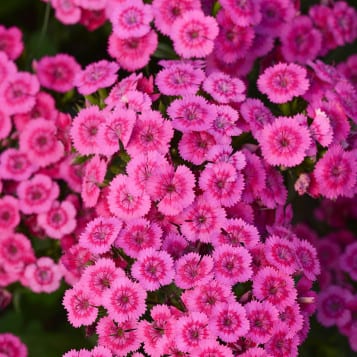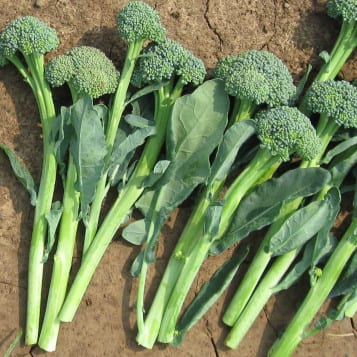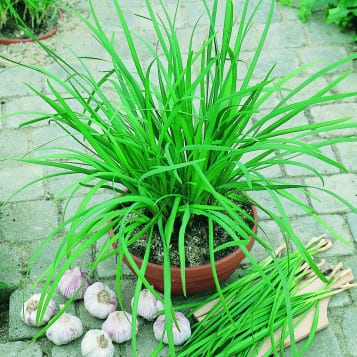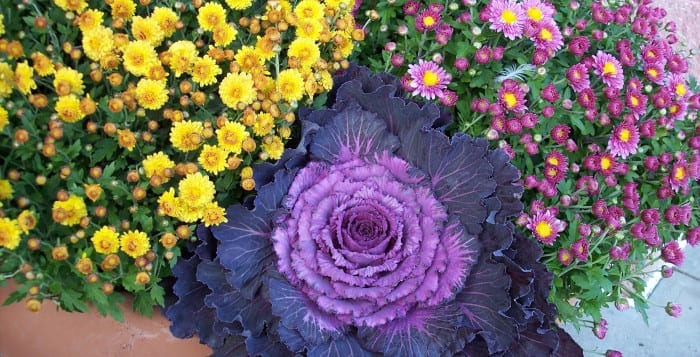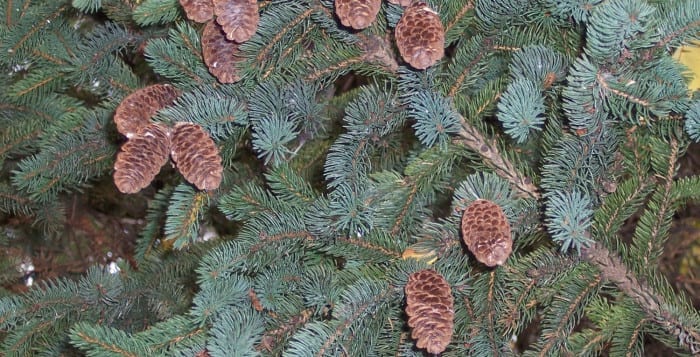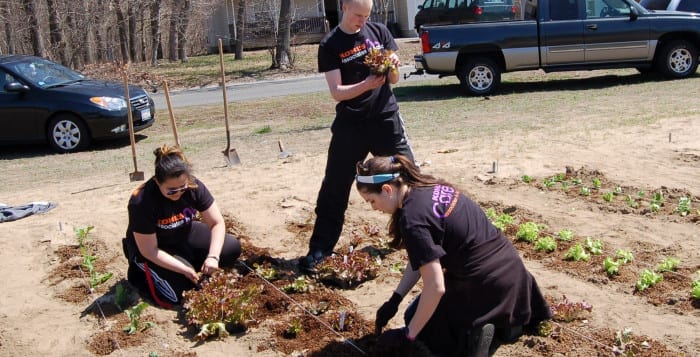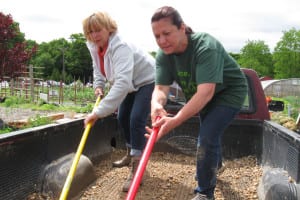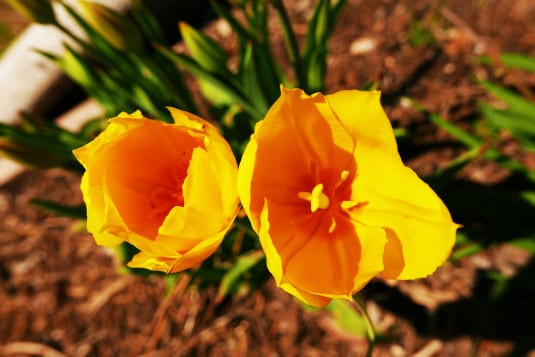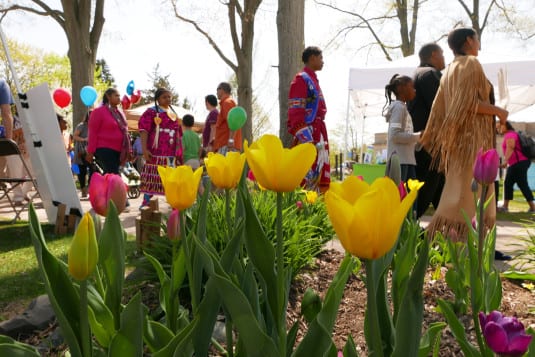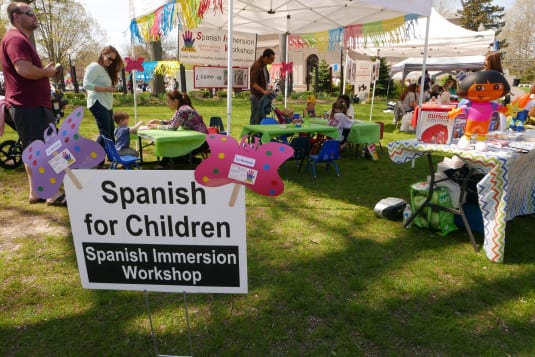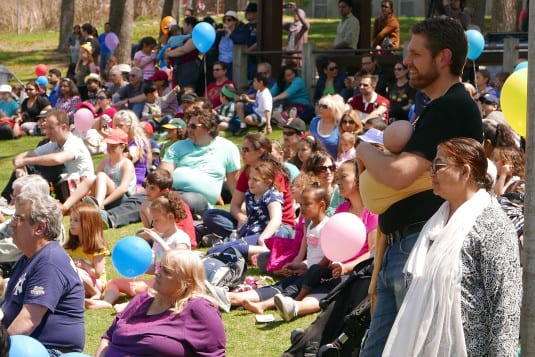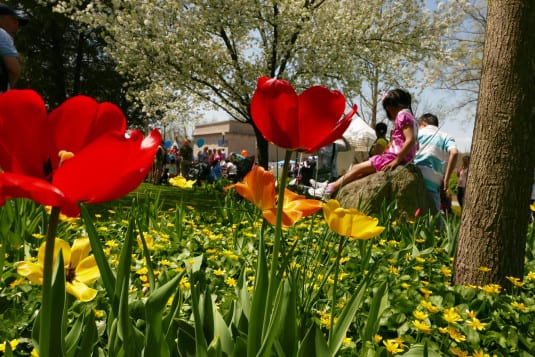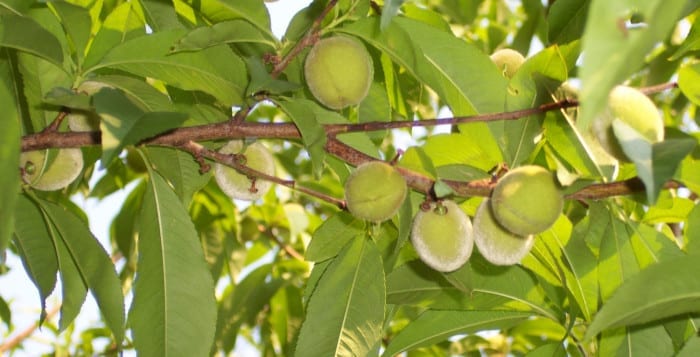Picture this: the sun is setting. You’re sitting by a small waterfall that empties into a pristine pond. The campfire is roaring in the background. Someone is barbecuing up a storm.
It feels like you’ve escaped. But you’ve merely stepped outside your home.
Furnishing outdoor spaces is an increasingly popular home improvement trend on Long Island, according to Richard Kuri, president of St. James-based R.J.K Gardens Inc. Lately, homeowners are installing things like fire pits, synthetic golf greens, horseshoe pits, bocce courts and more, to create spaces to live and play in.
It’s not a new movement, but one that has gained momentum over the last five years or so. The most popular items tend to be fire pits and outdoor kitchens, said Kuri in a recent interview. Other intriguing elements include outside heaters, water-resistant couches, flat-screen TVs, waterfalls and ponds stocked with fish. The idea of creating “serenity spaces” is also big — Kuri said his company recently converted a wooded area rife with bramble that was an eyesore at a condo complex in Hauppauge into a meandering path with benches and a gazebo. “For the people who live at these condos, it’ll be a destination, a place for people to relax,” he said.
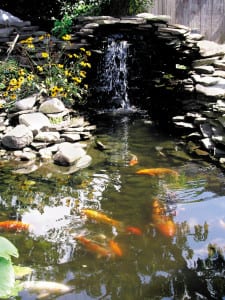
Some of these popular outdoor space furnishings can be found in do-it-yourself form at your local home improvement store. One of the simpler items, the fire pit, comes in a kit nowadays, Kuri said — easy enough for the average handy person to assemble. Do-it-yourself fire pit kits could run up to about $900, he said.
Marc Weinstein, the maintenance manager of Owens Brothers Landscape Development in Baiting Hollow, is seeing an increase in demand from clients for outdoor LED lighting, including lights that can illuminate a pathway, or shine up or down from trees. He said he thinks the reason for the increase in demand is because people want to enjoy their outdoor spaces for longer periods of time once the sun sets.
It’s also not a budget-breaking improvement. Outdoor lighting is something one could also find at a local home improvement store, Weinstein said. “I would say that places like the Home Depot and Lowe’s, I think they’re making it more, the word sexy, to have these kinds of things, and more affordable, to have these kinds of things,” Weinstein said in a recent interview.
Kuri feels the rise of outdoor living spaces stems from when the economy crashed around 2008 and 2009. That’s when outdoor-living home improvements really ramped up because people who would have normally dropped big money on vacations decided instead to pour it in to their homes and create a “staycation” getaway.
“I think that the phrase ‘getting back to nature,’ the fact that if you have nice weather or if you can enjoy nature and get outside [to] enjoy it, why not do it?” Kuri said. “It’s another destination — in your own yard.”


